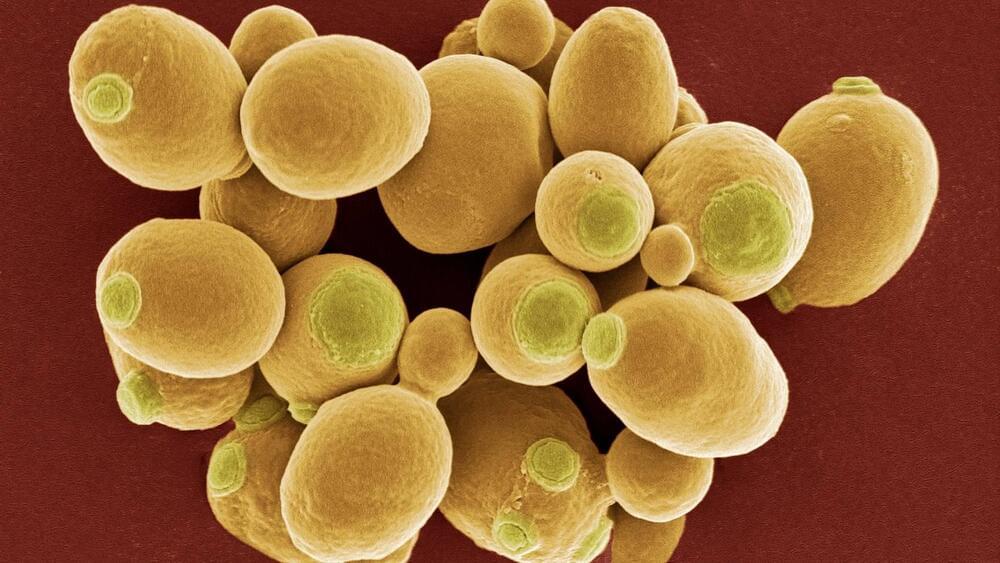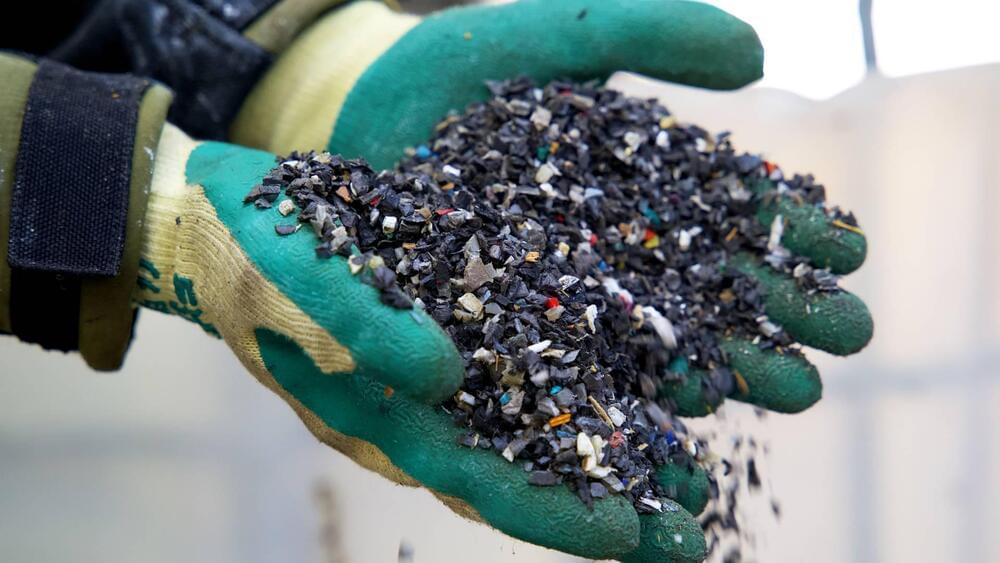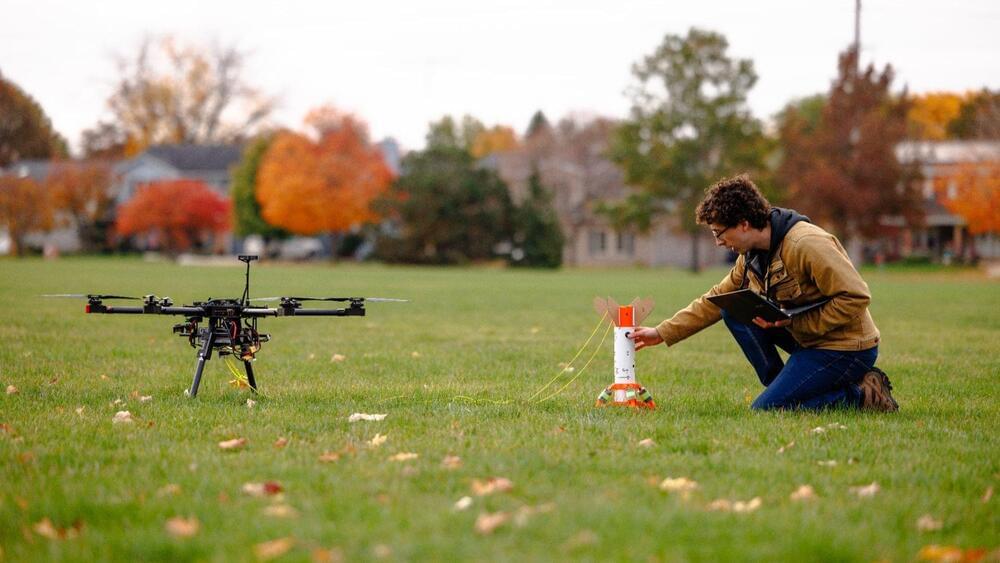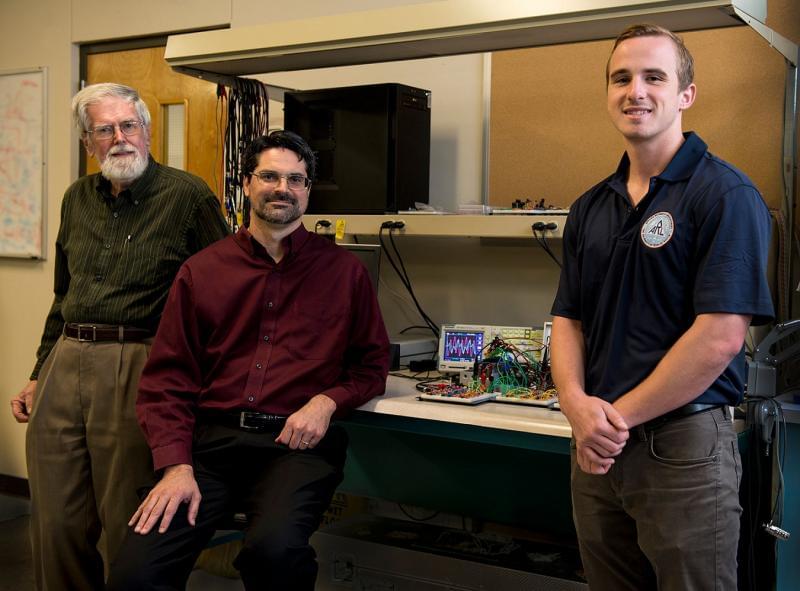Nov 10 (Reuters) — Alphabet’s (GOOGL.O) Google is in talks to invest hundreds of millions of dollars in Character. AI, as the fast growing artificial intelligence chatbot startup seeks capital to train models and keep up with user demand, two sources briefed on the matter told Reuters.
The investment, which could be structured as convertible notes, according to a third source, will deepen the existing partnership Character. AI already has with Google, in which it uses Google’s cloud services and Tensor Processing Units (TPUs) to train models.
Google and Character AI did not respond to requests for comment.









